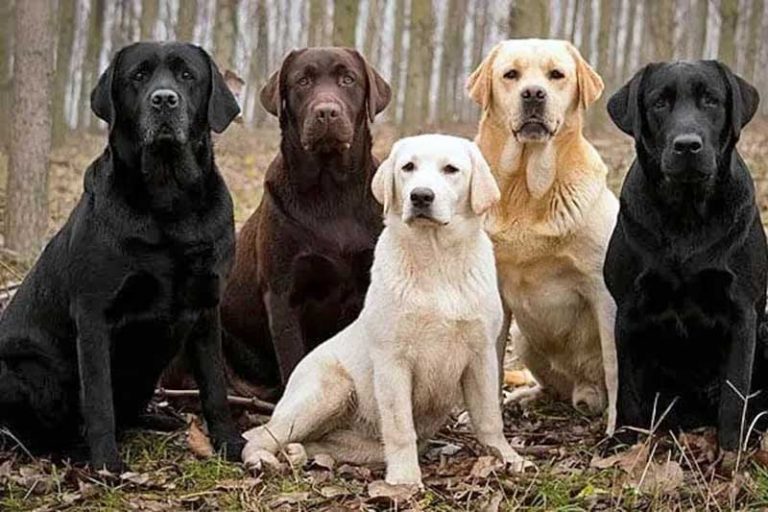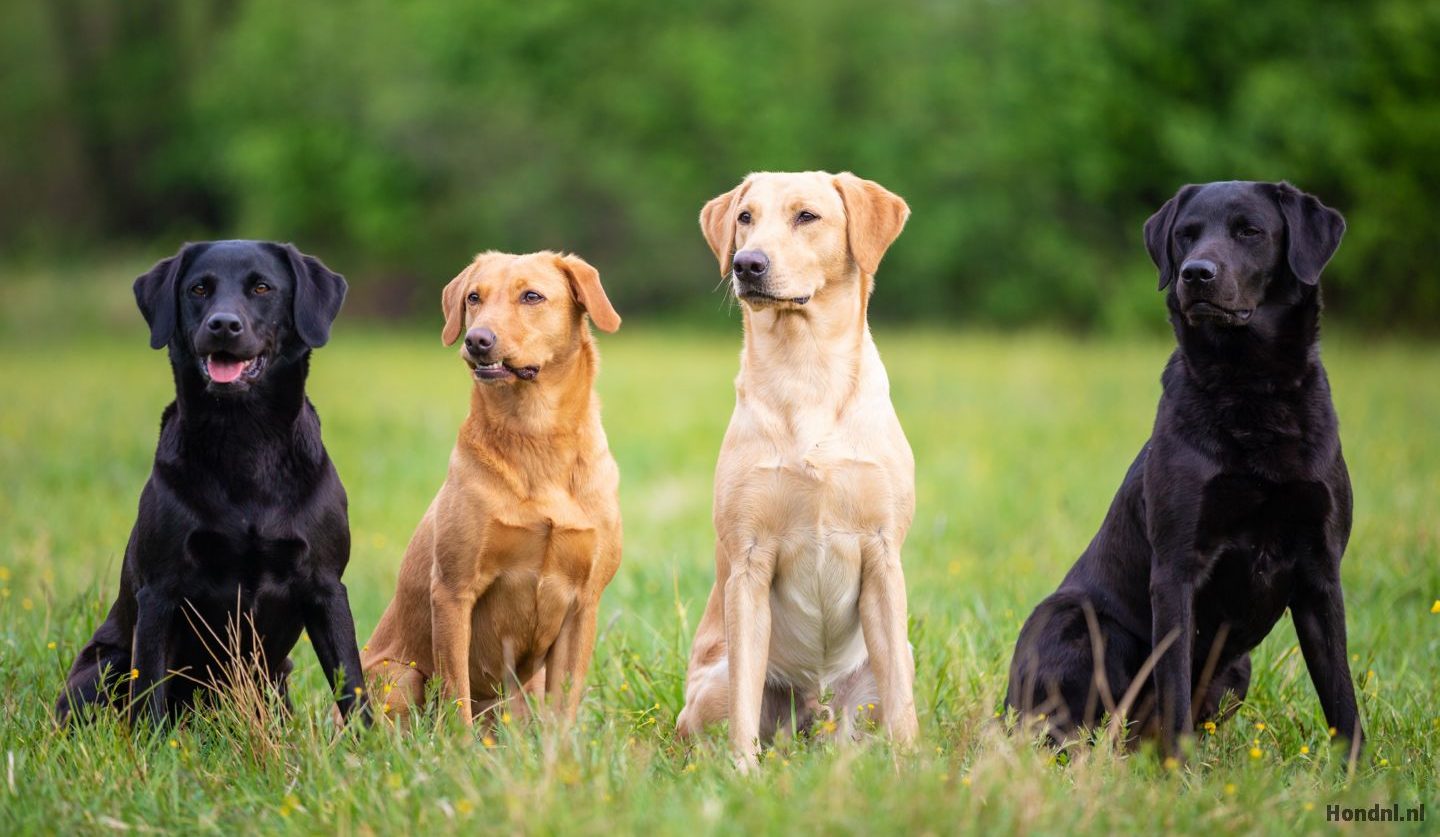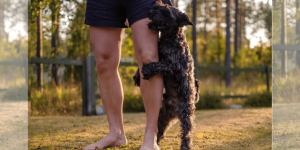We can safely say that we have all seen a Black Labrador or a Yellow Labrador. But do you know there are more accepted coat colors according to The American Kennel Club? What are the rare Labrador colors? Have you seen a White Labrador? Or a Silver one?
Today, we will talk about some rare and uncommon coat colors of the Labrador Retriever dog breed.
How Many Colors Does The AKC Recognize?
According to the American Kennel Club, there are six recognized colors. Initially, The AKC recognized only three colors, Black Labrador, Yellow Labrador, and Chocolate Labrador.
Yet, with the rise of the popularity of Labradors, the Kennel Club decided to recognize other colors, like Silver Labrador, Red Labrador, and White Labrador. So, nowadays, the Labrador breed standard is six colors.
The Science Behind The Different Color
Let’s try and explain the science behind different skin coat colors. This will help us understand the rare Labrador colors. Black and Chocolate labs have a pigment, called Eumelanin. This pigment determines the shades of the coat. With that said, a Lab puppy that produces a lot of the pigment, will end up in black color. On the other hand, a dog producing small amounts of eumelanin will be chocolate.
Whether a dog produces large amounts or small amounts, depends on their B genes. The big B, which is the dominant gene, codes for high amounts of eumelanin and results in a black coat. The little B, the recessive gene, codes for low amounts and results in a chocolate coat.
Dogs inherit two B genes, one from each parent. So, a lab with BB or Bb will have a black coat. A dog with a bb in their genome will have a chocolate coat.
Yellow Labs, on the other hand, are determined by the E gene. Same to the B gene, there are two E genes. They determine if the B genes are expressed or not.
Yellow Lab coats are determined by the E gene. There are two genes, the Big E which does not interfere with the B genes, and the Little E which is recessive and masks the B gene. This masking results in a yellow coat, instead of a black or chocolate.
Here is a quick breakdown of Labrador Retriever genes.
- Dogs with EEBB, EeBB, EeBb, or EEBb will be black
- Dogs with EEbb or Eebb will be chocolate
- Puppies with eeBB, eeBb, and eebb will be Yellow Lab puppies
That being said, breeding two Yellow Labrador Retriever dogs will always result in yellow puppies. And two chocolate Labrador Retriever puppies will result in a Chocolate Lab. Black parents can have black, yellow, or chocolate puppies.
And when you mix a Labrador with other dog breeds, things get even more complicated.
Rare Labrador Colors
As you can imagine, the three later added colors by the AKC are the rarest ones. And on top of those is the White Labrador.
White Labrador
White Labradors might be very light yellow, or albino. If the latter is the case, it might cause health issues and problems.
Albino Labs is the rarest form of color. They have light eyes, red-brown noses, and red skin around their eyes and nose.
Sadly, albinism causes deafness and health issues like light sensitivity. That can make your Lab live a shorter life.
Now, not all white Labradors are Albino Labs. Those with pigment in their fur are what the AKC considers a light yellow lab. They have more pigmented yellow than you see commonly, but less than albino Labradors.
Red Labrador
Red Lab, or Red Fox Lab, is the second-rarest color. The American Kennel Club recognizes this color as “dark yellow”.
The reality is they are not red color, only deep orange-brown. That is why people have given them the name Fox Red Labrador.
These dogs have a light or dark nose and often have a white spot on their stomach.
Silver Labrador
A Silver Labrador Retriever is a color variation of the Chocolate Lab. These puppies have light or dark noses. You might not recognize a Silver Lab walking by. Because they share genetics with Chocolate Labs, they suffer from more health issues and have a higher chance of dying younger.
Labrador Color Variations
The Labrador Retriever dog breed was bred from different breeds. Nowadays, there are popular mixes, which can result in even more color variations. Some of them include:
- White mark on the chest
- Black and tan
- Brindle
Why Was The Black Labrador Desired?
Here is a fun fact. When Labs were first bred, the black coat was the only acceptable color. Until the 20th century, all other Lab colors were euthanized shortly after birth.
Nowadays, most Labs are entirely black, making it the most common coat color. Nearly half of the Labs nowadays are black.
The popularity of black color was driven by two reasons. One was that black was the favorite coat color for hunting, the original purpose of Labs. And the second was that four out of nine gene combinations resulted in a black coat.
The dark color of the Lab helped him blend in and move stealthily while hunting or participating in field trials. Compared to other Labs, they have the strongest hunting instinct. At the same time, many dog owners and parents consider the Black Lab to be the calmest and most affectionate of them all. Of course, there is no scientific evidence to back it up.












